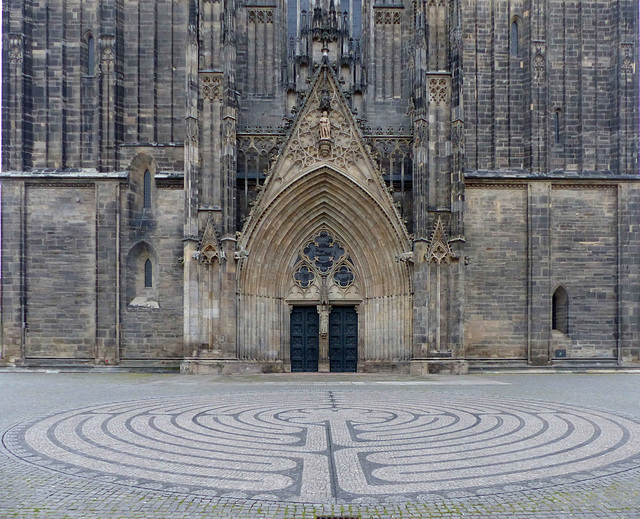Magdeburg - Dom
Magdeburg - Dom
Magdeburg - Dom
Magdeburg - Dom (PiP)
Magdeburg - Dom
Magdeburg - Dom
Magdeburg - Dom
Magdeburg - Dom (PiP)
Magdeburg - Dom
Magdeburg - Dom
Magdeburg - Dom
Magdeburg - Dom
Magdeburg - Kloster Unser Lieben Frauen
Magdeburg - St. Sebastian
Magdeburg - St. Sebastian
Magdeburg - St. Sebastian
Gardelegen - Rathaus
Gardelegen - Marienkirche
Gardelegen - Marienkirche
Gardelegen - Nikolaikirche
Gardelegen - Nikolaikirche
Gardelegen - Salzwedeler Tor
Wiepke - Dorfkirche
Wiepke - Dorfkirche
Wiepke - Dorfkirche
Engersen - Dorfkirche
Engersen - Dorfkirche
Jerichow - Stadtkirche
Jerichow - Kloster Jerichow
Jerichow - Kloster Jerichow
Jerichow - Kloster Jerichow
Jerichow - Kloster Jerichow
Jerichow - Kloster Jerichow
Jerichow - Kloster Jerichow
Jerichow - Kloster Jerichow
Jerichow - Kloster Jerichow
Jerichow - Kloster Jerichow
Jerichow - Kloster Jerichow
Jerichow - Kloster Jerichow
Jerichow - Kloster Jerichow
Jerichow - Kloster Jerichow
Jerichow - Kloster Jerichow
Jerichow - Kloster Jerichow
Güsen - Dorfkirche
Magdeburg - Dom
Magdeburg - Korkmaz Imbiss
Location
Lat, Lng:
Lat, Lng:
You can copy the above to your favourite mapping app.
Address: unknown
Lat, Lng:
You can copy the above to your favourite mapping app.
Address: unknown
See also...
Keywords
Authorizations, license
-
Visible by: Everyone -
All rights reserved
-
87 visits
Magdeburg - Dom


Founded by Charlemagne in 805 as Magadoburg, the town was fortified in 919 by King Henry the Fowler against the Magyars and Slavs. In 929 King Otto I granted the city to his English-born wife Edith as dower. At her death, Queen Edith was buried in the crypt of the Benedictine abbey of Saint Maurice, later rebuilt as the cathedral. In 937, Magdeburg was the seat of a royal assembly. Otto I was buried as well in the cathedral.
In 1035 Magdeburg received a patent giving the city the right to hold trade exhibitions and conventions. This was the basis of town law to become known as the Magdeburg rights. These laws were adopted and modified throughout Central and Eastern Europe.
In the 13th century, Magdeburg became a member of the Hanseatic League. With more than 20,000 inhabitants Magdeburg was one of the largest cities in the Holy Roman Empire.
During the Thirty Years' War (1618–1648) Magdeburg was raided and probably 20.000 inhabitants lost their lives. A small group of 4000 people survived the "Sack of Magdeburg" by seeking refuge in the cathedral. Begging on hid knees before the conqueror the head priest saved them.
-
The construction of the "Cathedral of Saints Catherine and Maurice" started in 1209. Two years ago, the church that had been in this place since 932, burnt down with most of the town. This church is influenced by the then-new gothic style, developed in France. Otto I the Great and his wife Edith of England have their graves here.
The construction stopped after 1274. In 1325, Archbishop Burchard III. was killed by the people of Magdeburg because of extreme taxes. Folklore says that especially the beer tax increase caused much anger. Afterward, Magdeburg was under a ban, and only after the donation of five atonement altars did the construction of the cathedral continue. In 1360 the construction stopped again for many decades. Only in 1477 did the construction started again. The towers were constructed by master builder Bastian Binder, the only master builder of the cathedral known by name. The construction of the cathedral was completed in 1520.
Today it is the principal church of the Evangelical Church in Central Germany.
In 1035 Magdeburg received a patent giving the city the right to hold trade exhibitions and conventions. This was the basis of town law to become known as the Magdeburg rights. These laws were adopted and modified throughout Central and Eastern Europe.
In the 13th century, Magdeburg became a member of the Hanseatic League. With more than 20,000 inhabitants Magdeburg was one of the largest cities in the Holy Roman Empire.
During the Thirty Years' War (1618–1648) Magdeburg was raided and probably 20.000 inhabitants lost their lives. A small group of 4000 people survived the "Sack of Magdeburg" by seeking refuge in the cathedral. Begging on hid knees before the conqueror the head priest saved them.
-
The construction of the "Cathedral of Saints Catherine and Maurice" started in 1209. Two years ago, the church that had been in this place since 932, burnt down with most of the town. This church is influenced by the then-new gothic style, developed in France. Otto I the Great and his wife Edith of England have their graves here.
The construction stopped after 1274. In 1325, Archbishop Burchard III. was killed by the people of Magdeburg because of extreme taxes. Folklore says that especially the beer tax increase caused much anger. Afterward, Magdeburg was under a ban, and only after the donation of five atonement altars did the construction of the cathedral continue. In 1360 the construction stopped again for many decades. Only in 1477 did the construction started again. The towers were constructed by master builder Bastian Binder, the only master builder of the cathedral known by name. The construction of the cathedral was completed in 1520.
Today it is the principal church of the Evangelical Church in Central Germany.
kiiti has particularly liked this photo
- Keyboard shortcuts:
Jump to top
RSS feed- Latest comments - Subscribe to the comment feeds of this photo
- ipernity © 2007-2024
- Help & Contact
|
Club news
|
About ipernity
|
History |
ipernity Club & Prices |
Guide of good conduct
Donate | Group guidelines | Privacy policy | Terms of use | Statutes | In memoria -
Facebook
Twitter

Sign-in to write a comment.